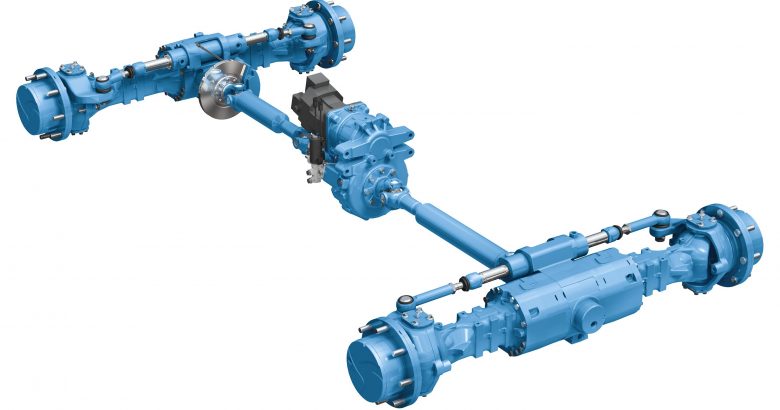
What All-Wheel Drive Car Owners Should Know
With winter just around the corner, those that own All-Wheel Drive cars (AWD) are understandably smug because they know they are ready for whatever Mother Nature dishes out. If you are considering joining the AWD club this season, you should know that not AWDs are created equal and it’s a good idea to learn a little about them before you buy. With the assistance of Ada Dodge of Ada, a local Chrysler, Dodge Jeep, Ram dealer in Ada, OK, we have put together a short guide of buying tips for those that are thinking of purchasing an AWD vehicle.
Get a grip
Your AWD car is only as good as its tires when the conditions are bad. Don’t fall into the trap of thinking that you can get away with so-so tires just because you have an AWD car. Here’s a recommendation: If you have the resources, buy a second set of rims and keep your winter tires on them. This allows you to switch tires over easily when the cold weather begins.
Keep it in proportion
This is a little known fact: With almost all AWD vehicles, all four tires need to have the same “rolling circumference”. In other words, all four tires should be one type and size, and the number of miles they have on them should be the same. The reason for this reveals how sensitive AWD cars can be. The manufacturers have designed their cars so that the slippage of any tire will be compensated for by the car’s drive train. That’s how AWD works. What happens when tires are oddball sizes is that the differentials driving the wheels get fooled and they over compensate and turn at different rates. This will eventually lead to premature failure.
Different strokes
It’s important to remember not all all-wheel drive systems are created equal. Many are FWD biased, like pretty much all Honda and Mazda systems. Manufacturers like BMW prefer a rear-wheel drive bias to give a more performance feel, while automakers like Subaru and Porsche opt for a symmetrical system which feel more balanced.
Use the right oil
The next topic is quite important for an AWD owner to know. AWD cars are complex with a transmission transfer case, several differentials and sometime other gearboxes. It is important to know that most of these components have oil in them and the type of oil is not all the same. As matter of fact, if you put the wrong fluids into a component, the drivetrain may fail to work well and will likely eventually fail. Bottom line: Get the exact oils the owners or service manual suggests when it’s time to change the oils
Pay to play
You probably know that all this superior drive train performance comes at a cost. AWD cars tend to be more expensive than two-wheel drive cars and typically burn more gas. It’s simple why this is: the drivetrains on AWDs are more complex and the car is heavier than standard models.
Stop!
It’s a funny perception: many people think that AWD cars are invincible in the snow and rain regardless if you are accelerating or stopping. As it turns out, they are half right. AWD cars are quite good at driving in just about any weather but stopping? They aren’t any better that other cars! The braking systems on AWD are no different than any other car so they stop the same. Obviously, drive conservatively when the weather is bad and remember that you don’t have superpowers, just better traction.